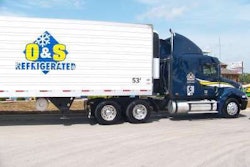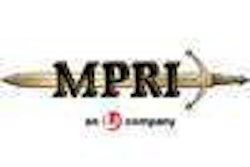Frozen Food Express Industries Inc. on Tuesday, May 5, announced its financial and operating results for the first quarter ended March 31. Revenue excluding fuel surcharges decreased 11.4 percent to $83.1 million from $93.7 million during the first quarter of 2008. Total revenue decreased 21.0 percent to $92.2 million from $116.7 million. The company incurred an after-tax loss of $6.1 million compared to an after-tax loss of $825,000. The increase in the loss was driven primarily by lower revenue volume and rates along with nonrecurring severance incurred in the first quarter of 2009 and nonrecurring gains realized in the first quarter of 2008.
“Undoubtedly, the first quarter of 2009 was the toughest operating condition in the most recent history of our industry,” said Stoney M. “Mit” Stubbs, president and chief executive officer of Dallas-based Frozen Food Express. “Although our company continues to make strides to reduce operating costs, we were unable to generate an operating profit. We continue to experience pricing pressures in an unprecedented soft market where freight supply significantly outweighs demand within industrywide capacity issues.”
Stubbs said the company believes capacity will exit the marketplace through attrition of smaller carriers and independent owner-operators. “Our total fleet has decreased 3.1 percent to 1,966 tractors in service compared to 2,029 tractors at the end of the 2008 quarter,” he said. “Our independent owner-operator fleet decreased by 23.7 percent in an effort to utilize our existing company fleet.”
In early April 2009, the company announced a cost-reduction initiative, which included elimination of nondriver personnel, suspension of matching contributions to its 401(k) plan, consolidation of various business units and reduction of tractor counts; as a result, nondriver employees declined by about 150 during the first quarter of 2009, bringing total nondriver headcount to nearly 700 employees compared with 855 at the end of 2008, for a reduction of nearly 17 percent of nondriver personnel.
The company said it continues to place heavy emphasis on liquidity and managing its working capital during the current economic cycle; cash flows from operations of $7.6 million were generated primarily through a decline in accounts receivable as past due balances declined, as well as extended terms with vendors, although both were offset partially by the operating loss. At March 31, the company had $5.9 million in cash and cash equivalents, $100 million in shareholders’ equity and no outstanding debt.
“Looking ahead to the upcoming months, we still expect industrywide capacity to outpace the demand for transportation services,” Stubbs said. “We are taking every action possible to drive costs out of our business while managing cash flows to the best of our ability during this time of severe economic recession. This is not the first time our company has had to pull through a difficult freight market and economic downturn. In the meantime, we remain focused and committed to offering exceptional service that customers have known and expected from us over the years.”











